Central to the Open Forest project is a series of experimental walks with various forests around the world, where diverse local participants come together to observe the forests around them and share their experiences in the form of forest stories.
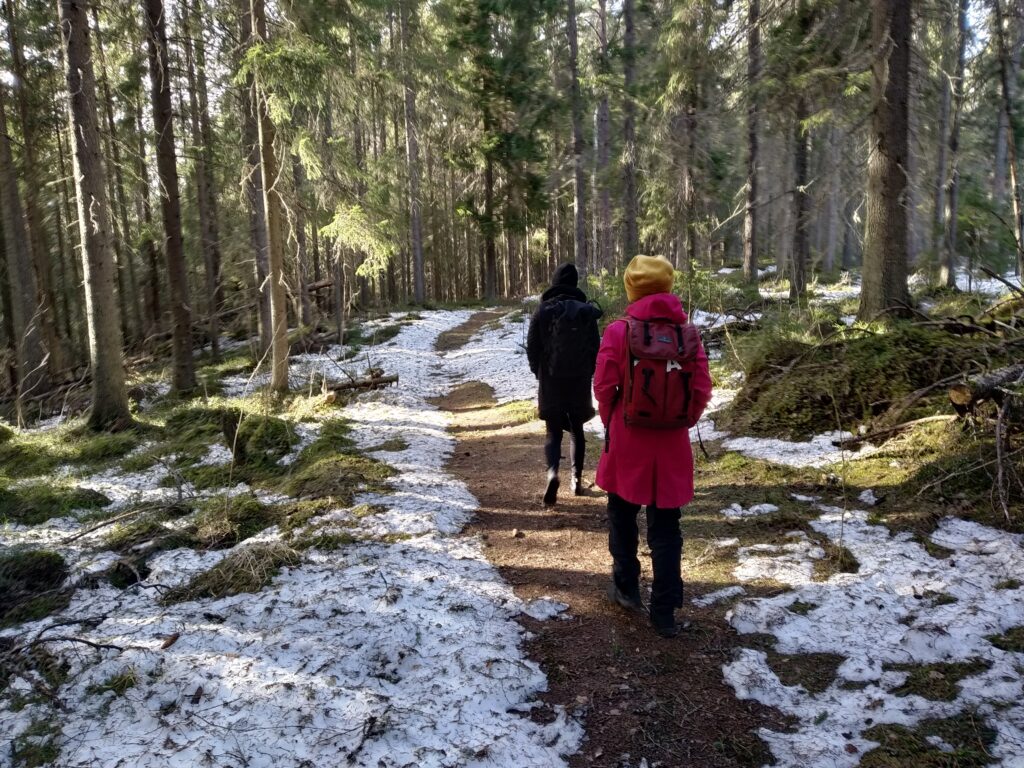
In the project, walking is embraced as a way of becoming responsive to a place, a bodily practice that can activate modes of situated, relational participation and facilitate imaginative knowledge production. The experimental walks are centred around the elements of surprise and curiosity, inviting participants to walk-with each other as well as with the local forest around them.
We walk both physically and remotely, sometimes with actual forests and sometimes through data-based representations of them. Remote participants join the walks using off-the-shelf video conferencing technology and we bring them along using our laptops and mobile phones.
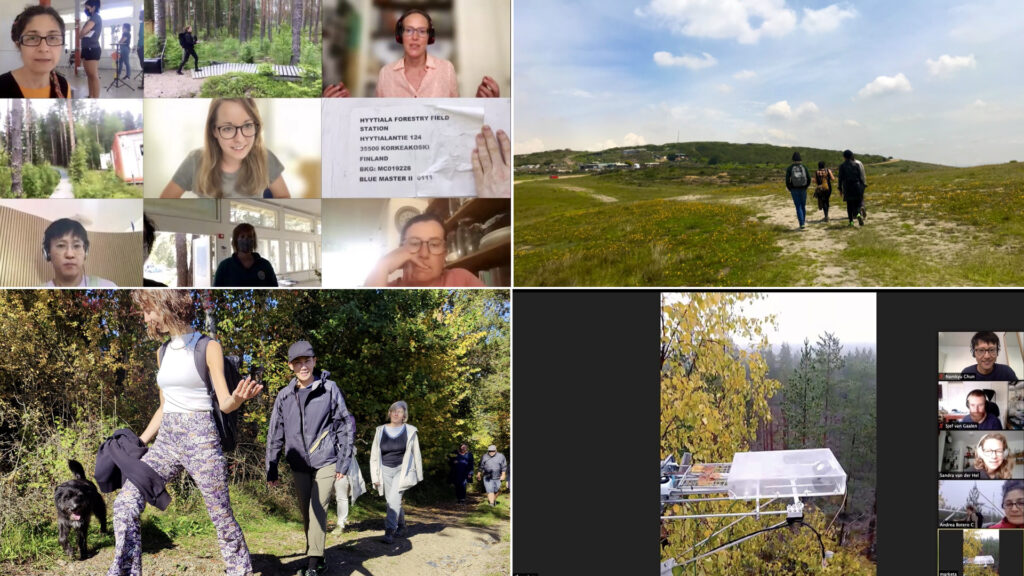
The walks are guided by various human and other-than-human navigators with good knowledge or sense of local landscapes, including Indigenous forest guardians and healers, forest scientists and data managers, as well as dogs and artistic strategies of dérive.
Local trees and other forest creatures are considered participants, in both the walking experiences and the larger eco-social phenomena happening in and around forests, such as biodiversity loss and climate change. This relational walking-with follows various approaches: some walking guides share narrated trivia about the local forest area, such as its culture, species, and history, which then serve as key points of the walking route. Other guides, including Chewie – an Open Forest Collective member of canine origin – use their own sensory instincts and invite participants to follow without any predefined route.

Multiple forest walks have been organised in various parts of the world. For example, in Finland, the walks are situated in the highly instrumentalized Hyytiälä forestry field station that is full of sensors collecting measurements of gas exchanges between the forest and the atmosphere, and in the Sipoonkorpi National Park near Helsinki.
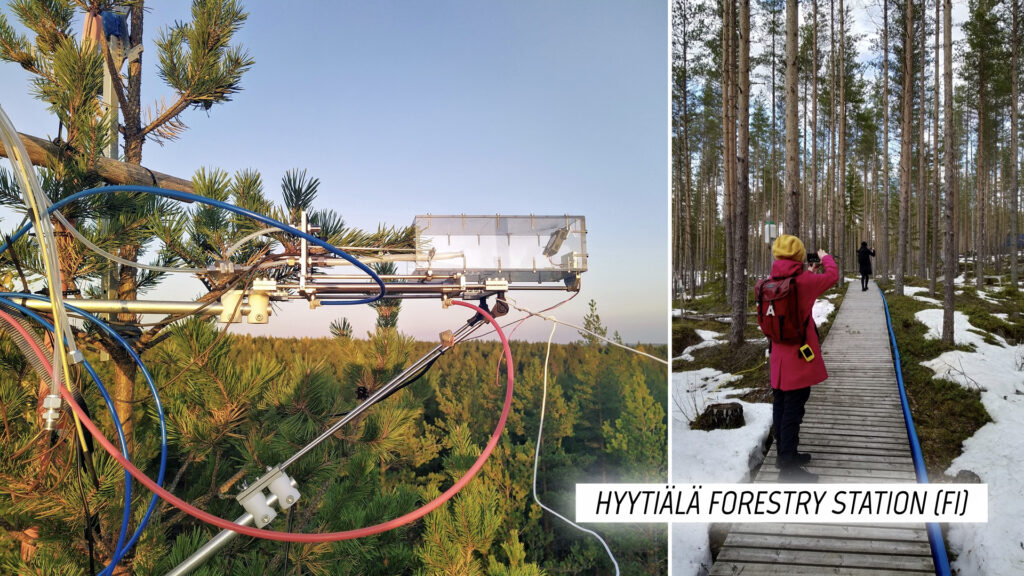
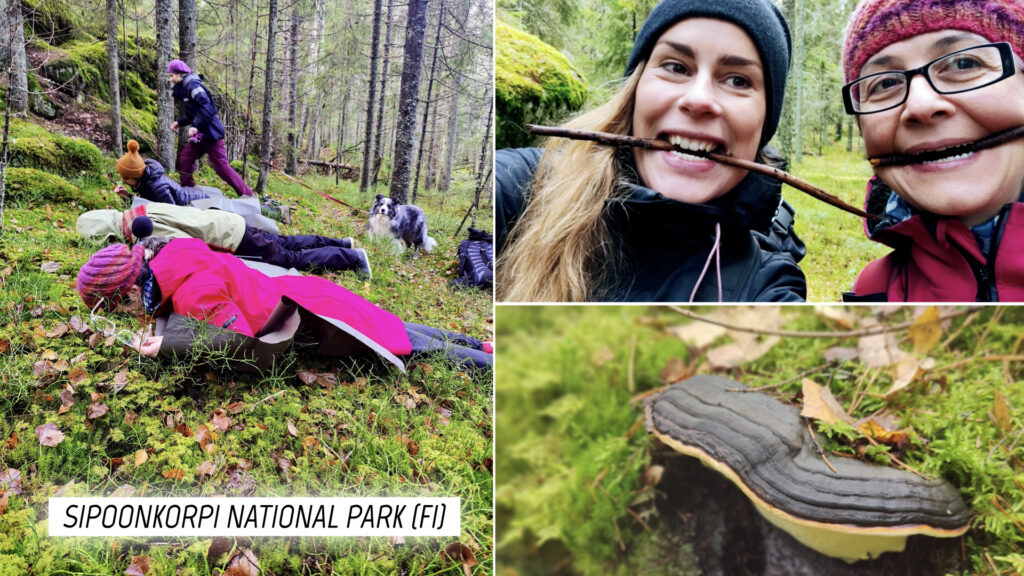
In Australia, the walks explore Melbourne’s Urban Forest and its associated open data maintained by the municipality. The local Urban Forest offers a complex ecosystem of more than 70,000 trees each with unique IDs that provides a peculiar context for inquiry into open and alternative forest data.
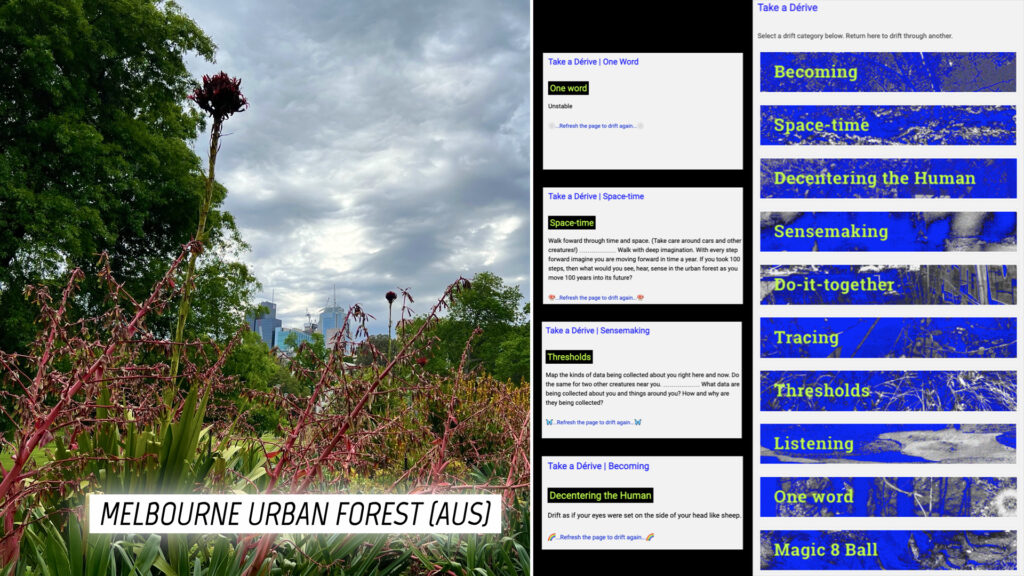
In Colombia, we walked with forest patches in three different locations, including the Bëngbe Uáman Tabanoc – an ancestral territory of the Kamëntŝa people located in southern Colombian Andes, the Reserva El Palmar – an ecological reserve located in the buffer zone of the Chingaza National Park in the Andean Mountains, and the Cerro Seco – an informal housing neighborhood located at the southern urban limits of Bogota.
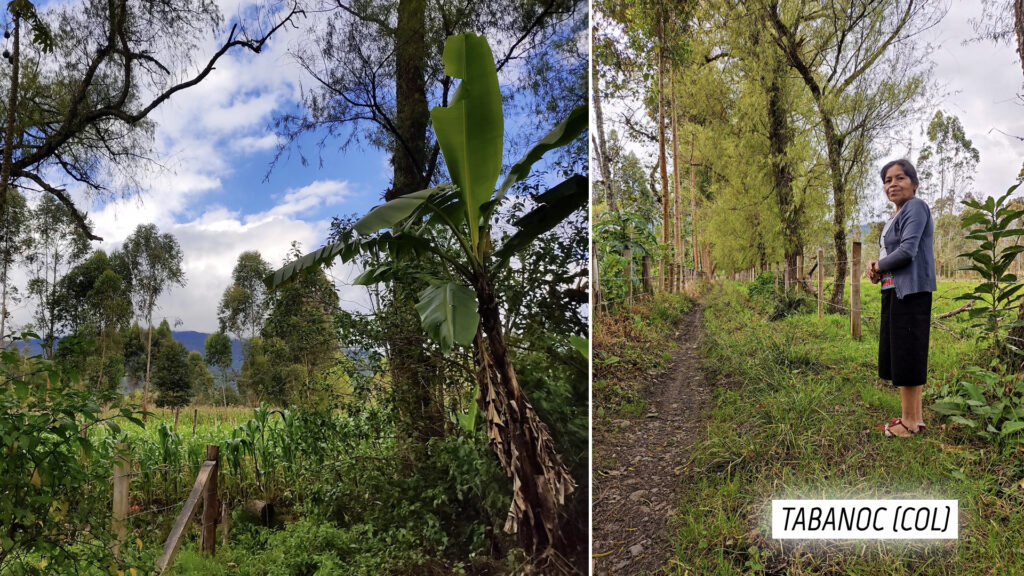
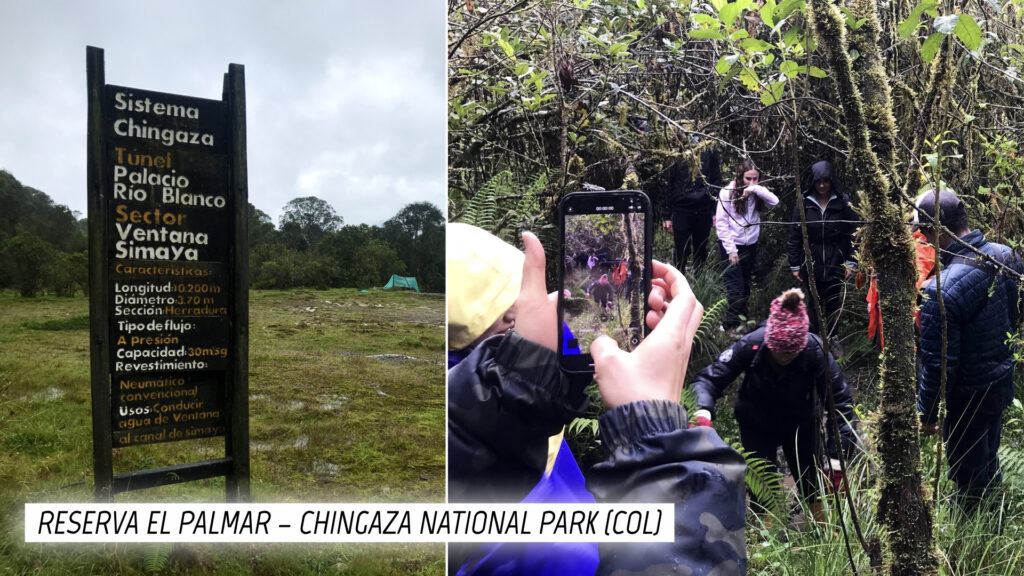
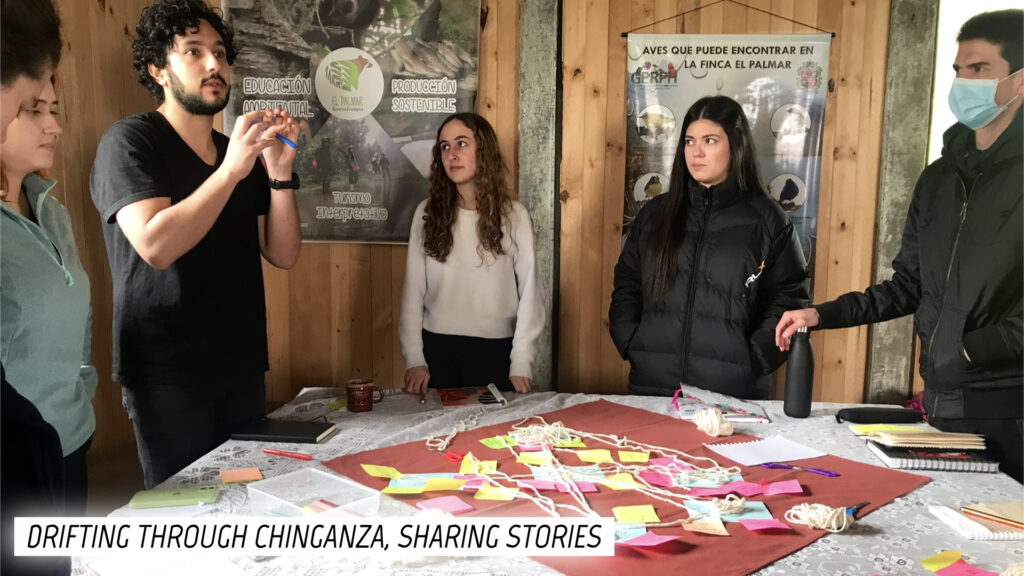
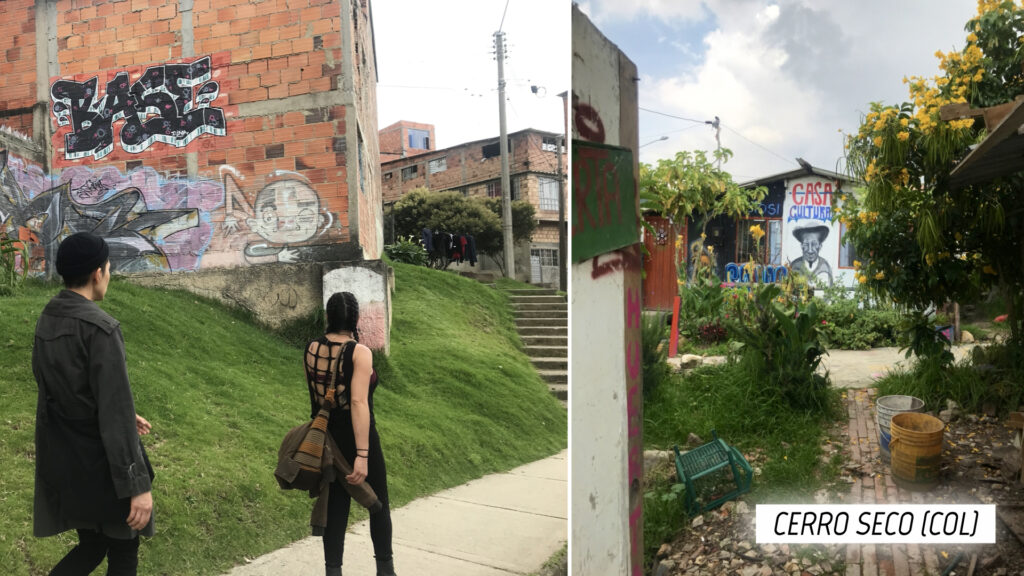
In the Czech Republic, the walks take place in Central Bohemia, in the protected landscape area Křivoklátsko and are guided by Chewie the dog.
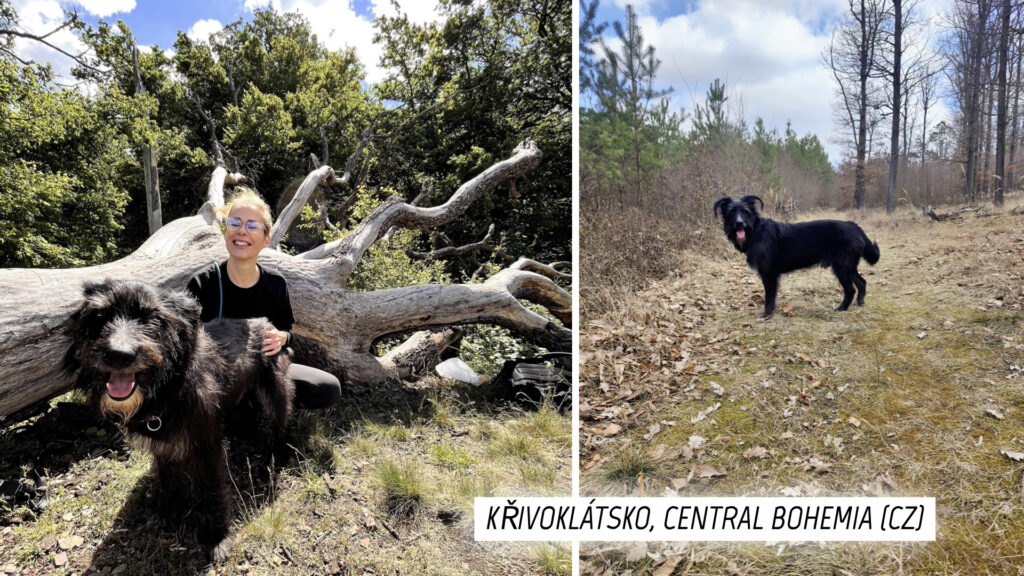
While walking, we try to observe and listen carefully to our surroundings. We record our experiences in text and audiovisual notes, and talk with fellow walkers about eco-social issues in forest ecosystems and beyond. These conversations, experiences and observations become an inspiration for forest stories, which are shared via the Feral Map, an online public interface connecting more-than-human stories and data. Through the walks and stories, we invite conversations about what can constitute a forest dataset, how it can be produced and by whom. Thereby, we aim to raise questions about power, values, and structural inequalities that shape forests and their futures.